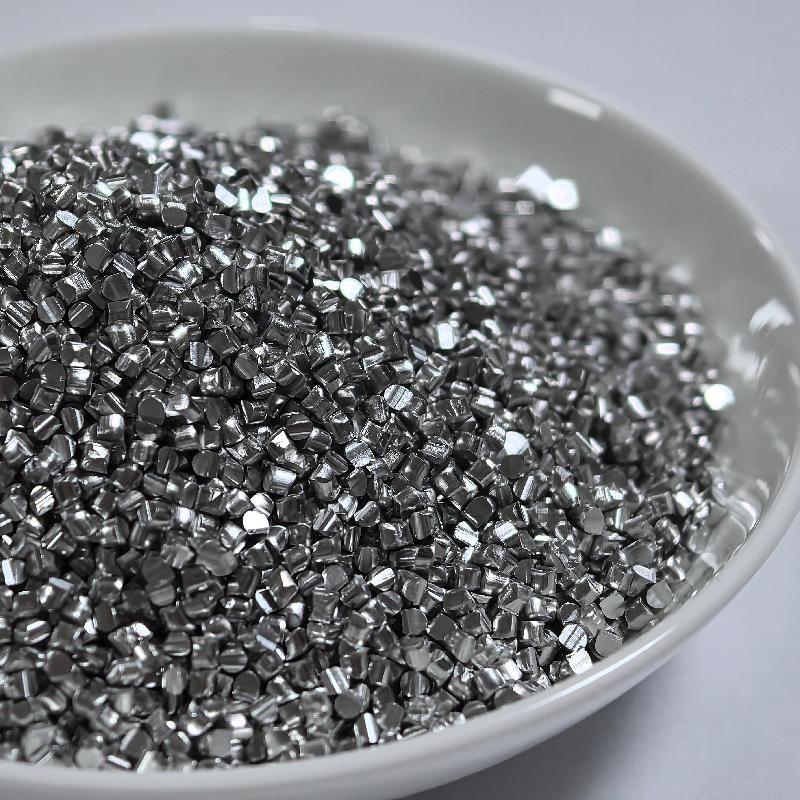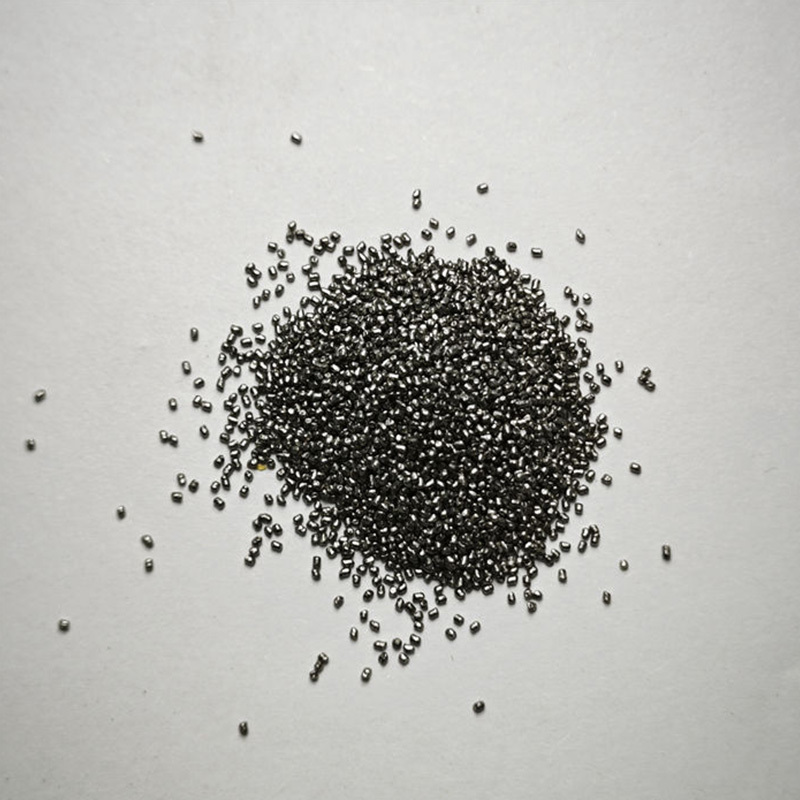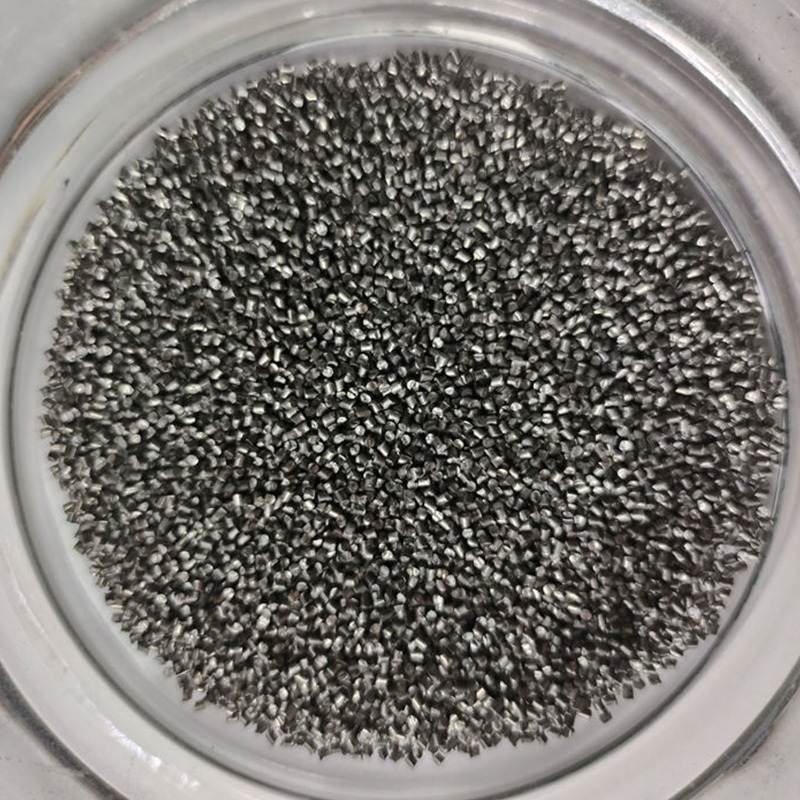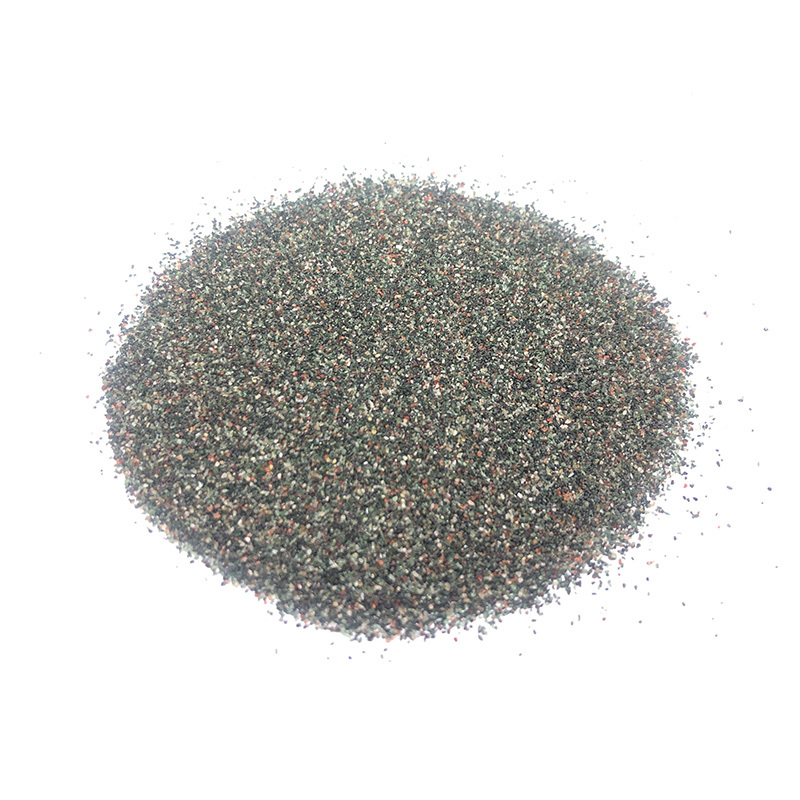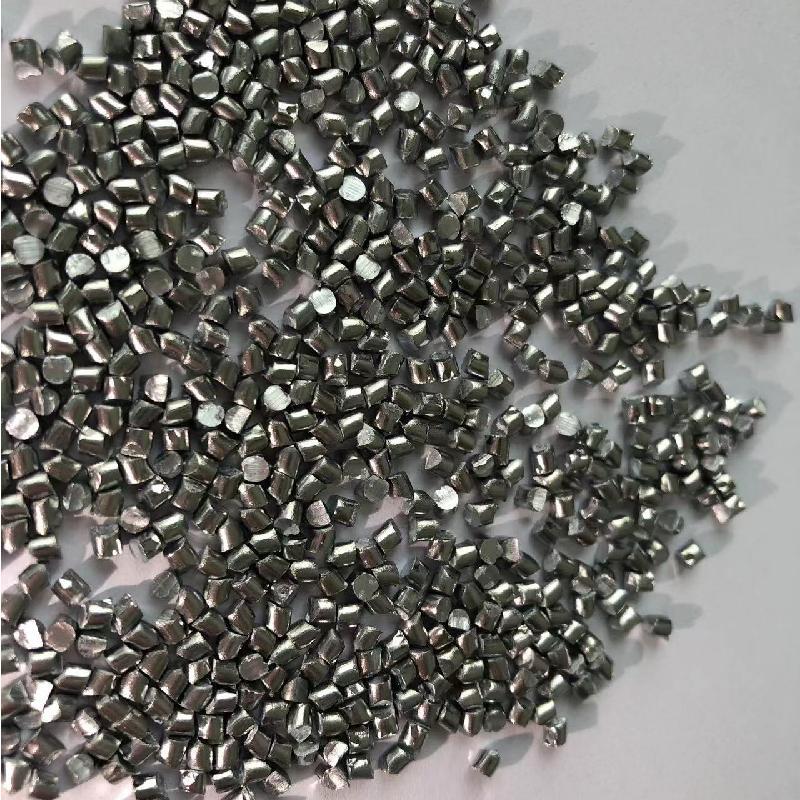Understanding Shot Blasting: A Comprehensive Guide for the Hardware and Abrasives Industry
Release time:
2025-04-26
--- Shot blasting is a mechanical surface treatment process that employs high-speed abrasive materials, known as shots, to clean, strengthen, or polish the surface of various materials, particularly metals. This technique is widely used in the hardware and abrasives industry for its efficiency and effectiveness in preparing surfaces for further processing, such as painting or coating. The shot bla
Shot blasting is a mechanical surface treatment process that employs high-speed abrasive materials, known as shots, to clean, strengthen, or polish the surface of various materials, particularly metals. This technique is widely used in the hardware and abrasives industry for its efficiency and effectiveness in preparing surfaces for further processing, such as painting or coating.
The shot blasting process involves propelling abrasive media against the surface of an object. This is typically done using a shot blasting machine, which can vary in size and design based on the requirements of the job. The abrasive materials used can include steel shots, glass beads, or other types of grit, depending on the desired finish and the material being treated.
One of the primary benefits of shot blasting is its ability to remove rust, scale, and other contaminants from metal surfaces. This is essential for industries that rely on high-quality surface conditions for durability and aesthetics. By using shot blasting, manufacturers can ensure that their products are not only visually appealing but also free from defects that may compromise their integrity over time.
Additionally, shot blasting can enhance the mechanical properties of metals. The impact of the abrasive material on the surface creates a process known as shot peening, which can induce beneficial compressive stresses. These stresses mitigate the risk of fatigue failure and extend the lifespan of components, making shot blasting a valuable process in industries such as aerospace, automotive, and construction.
Another significant advantage of shot blasting is its environmental and economic efficiency. Unlike chemical treatments, which may use harmful substances, shot blasting employs recyclable materials and generates less waste. This not only reduces the environmental impact but also lowers the costs associated with disposal and cleanup. Moreover, the speed and effectiveness of shot blasting can significantly decrease production times, resulting in improved overall productivity.
In terms of versatility, shot blasting can be adapted to suit a wide range of applications. Whether it's preparing surfaces for welding, enhancing paint adhesion, or achieving a specific aesthetic finish, shot blasting can meet diverse needs across industries. Furthermore, advancements in technology have led to more sophisticated shot blasting equipment, allowing for greater control over the process parameters and resulting in higher quality finishes.
In conclusion, shot blasting is an indispensable technique in the hardware and abrasives industry, offering numerous advantages for surface preparation and finishing. By understanding its mechanisms and benefits, professionals can leverage this process to enhance product quality, improve durability, and contribute to more efficient manufacturing practices. Whether you are involved in metalworking, construction, or any related field, grasping the fundamentals of shot blasting is essential for achieving optimal results.
Previous
News
Understanding Shot Blasting: A Comprehensive Guide for the Hardware and Abrasives Industry
--- Shot blasting is a mechanical surface treatment process that employs high-speed abrasive materials, known as shots, to clean, strengthen, or polish the surface of various materials, particularly metals. This technique is widely used in the hardware and abrasives industry for its efficiency and effectiveness in preparing surfaces for further processing, such as painting or coating. The shot bla
Unlocking Metal Mastery: The Top Benefits of Using Wheelabrator Shot Blasters for Your Metal Projects Table of Contents 1. Introduction to Wheelabrator Shot Blasters 2. What Are Wheelabrator Shot Blasters? 3. How Wheelabrator Shot Blasters Work 4. Key Benefits of Using Wheelabrator Shot Blasters 4.1 Enhanced Surface Preparation 4.2 Improved Product
Blast Track Shot Blaster: Revolutionizing Surface Preparation for Optimal Results
Introduction to Blast Track Shot Blaster The **Blast Track Shot Blaster** is a game-changing tool in the realm of surface preparation, designed to deliver superior efficiency and results. In industries ranging from construction to manufacturing, the need for high-quality surface treatment is crucial. This article will delve deep into the workings, applications, and benefits of the Blast Track Shot
The Essential Guide to Stainless Steel Grit Blasting Media for Surface Preparation
The Essential Guide to Stainless Steel Grit Blasting Media for Surface Preparation Table of Contents 1. Introduction to Surface Preparation 2. What is Grit Blasting? 3. Types of Grit Blasting Media 4. Why Choose Stainless Steel Grit? 5. Applications of Stainless Steel Grit Blasting Media 6. Benefits of Using Stainless Steel Grit 7. How to Use Stainless Steel Grit i
The Benefits of Using Garnet Blasting Media in Your Workshop
The Benefits of Using Garnet Blasting Media in Your Workshop When it comes to abrasive blasting, selecting the right blasting media can significantly impact your overall efficiency and results. One material that has gained immense popularity in recent years is garnet blasting media. Known for its versatility and effectiveness, garnet is an excellent choice for various applications in workshops. In
Exploring the Benefits of Using Aluminum Oxide as Blasting Media: The Ultimate Guide
Exploring the Benefits of Using Aluminum Oxide as Blasting Media Table of Contents 1. Introduction 2. What is Aluminum Oxide? 3. Properties of Aluminum Oxide 4. Benefits of Using Aluminum Oxide as Blasting Media 4.1 Cost-Effectiveness 4.2 Environmental Impact 4.3 Efficiency and Performance 5. Applications of Aluminum Oxide


